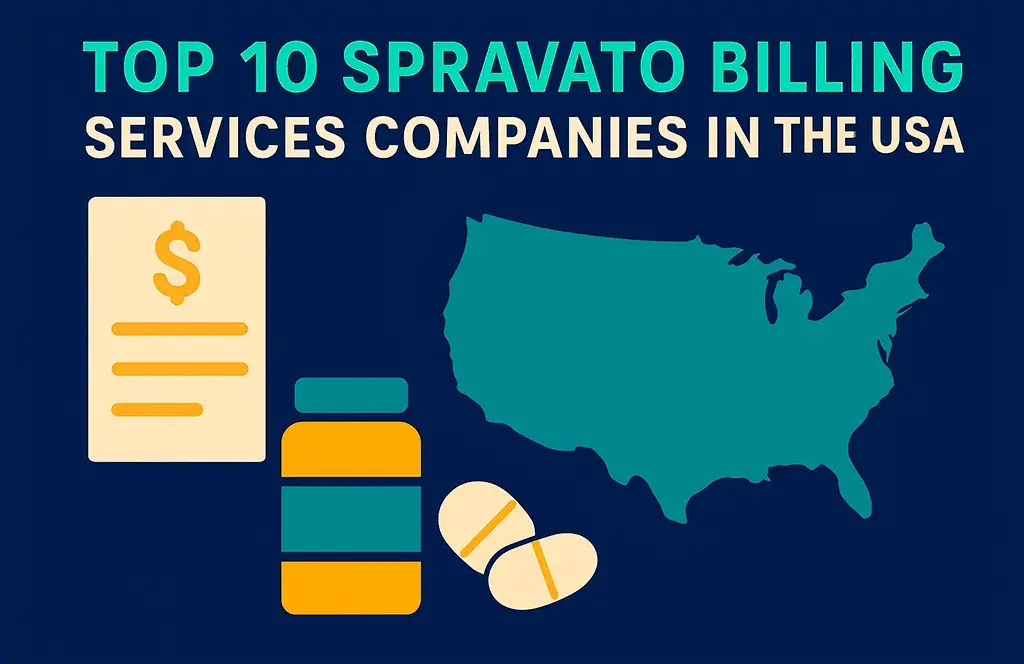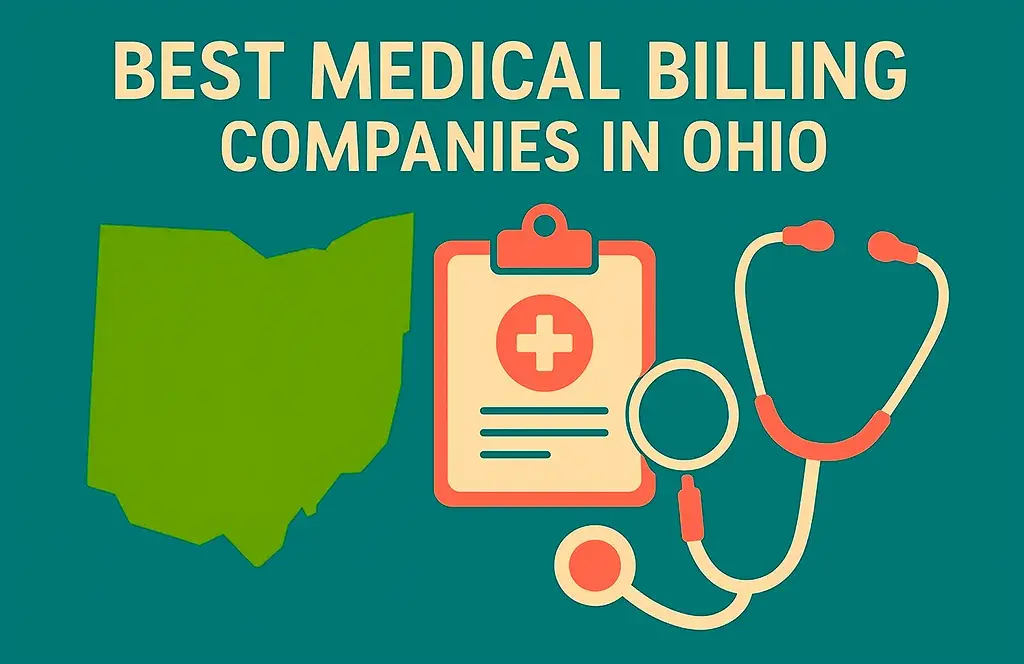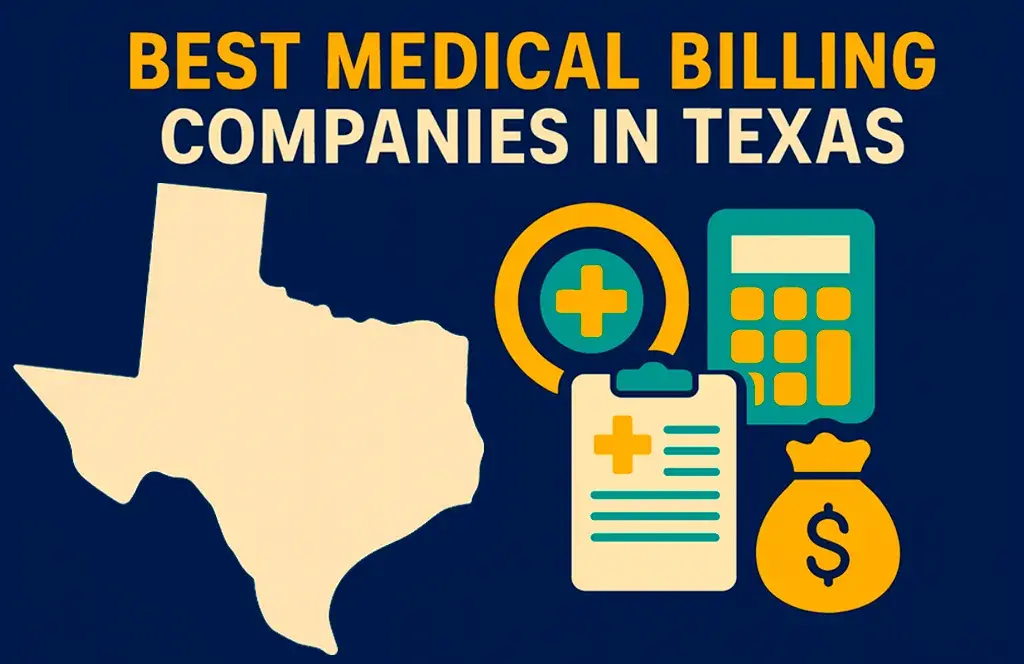Table of Contents
ToggleIn 2025, medical billing is more than claims and codes – it’s a high-stakes engine of financial survival for practices. With automation, AI, and consumer-first payment models on the rise, staying on top of billing trends is no longer optional. Here’s how top practices adapt.-
Key Medical Billing Trends in 2025
1. Automation and Artificial Intelligence (AI): Redefining Efficiency
As part of the major medical billing trends for 2025, automation and AI have restructured medical billing by streamlining tasks, reducing errors, and accelerating processes. Billing teams no longer need to spend hours on repetitive tasks like claim generation, submission, or payment reconciliation.
Claim Scrubbing: AI-powered tools detect coding errors or missing information before submission, reducing the risk of rejections.
Predictive Analytics: AI analyzes previous claims to predict rejections and allows billing teams to resolve issues proactively.
Automated Payment Posting: With Electronic Remittance Advice (ERA) integration, the system matches payments with claims, minimizing human intervention.
By leveraging automation in 2025, healthcare providers cut administrative costs while boosting efficiency using advanced medical services billing technologies.
2. Cloud-Based Billing Solutions: Access Anytime, Anywhere
Cloud technology continues to lead medical billing trends in 2025 by replacing outdated on-premises software. These scalable, accessible solutions provide healthcare providers with flexibility and real-time access from any location.
Ensuring Security and Compliance: Cloud providers meet strict standards like HIPAA, encrypting patient data to protect it from breaches.
Fostering Collaboration: Teams can access billing data simultaneously, improving communication between practices and billing companies.
Adapting to Growth: Cloud systems accommodate expanding healthcare practices without requiring expensive infrastructure upgrades.
Cloud-based medical services billing technologies offer providers essential tools for modern billing workflows.
3. Telemedicine and Remote Billing Services on the Rise
Among the most prominent medical billing trends of 2025 is the evolution of billing systems to support remote care. The rise of telemedicine has created demand for solutions that manage virtual consultations and payments efficiently.
Using New Billing Codes: Billing platforms ensure that providers apply the correct CPT codes for virtual consultations.
Supporting Virtual Front Desks: Remote front desk teams handle insurance verification and scheduling while integrating tasks with billing operations.
Providing Online Payment Options: Telemedicine platforms offer patients the ability to pay bills through secure online portals.
Billing must evolve with healthcare delivery in 2025 to remain compliant and effective.
4. Blockchain: Bringing Security and Transparency to Transactions
Blockchain has emerged in 2025 as a transformative force in medical services billing technologies, offering a secure and transparent way to manage transactions.
Preventing Fraud: Blockchain helps detect duplicate claims and unauthorized changes.
Promoting Transparency: Providers, payers, and patients can track every transaction in real-time, reducing disputes.
Enabling Patient Control: Blockchain gives patients more control over their medical records, allowing them to share data securely with authorized parties.
While still developing, blockchain’s role in 2025 could revolutionize the trust and traceability in medical billing.
5. Robotic Process Automation (RPA): Streamlining Workflows
RPA remains a key player in medical billing trends for 2025, offering automation that mimics human actions across complex workflows.
Verifying Insurance in Real-Time: RPA bots check patient eligibility instantly, reducing wait times.
Submitting and Tracking Claims: Bots submit claims and monitor their status, notifying teams about pending issues.
Managing Denials Efficiently: Bots identify denied claims, extract the reasons, and notify teams for corrective actions.
RPA supports a more productive, tech-enabled billing environment, driving both speed and accuracy.
6. Patient-Centered Billing: Enhancing the Patient Experience
Improving patient satisfaction is a rising priority in medical billing trends 2025. Billing platforms now place patient convenience and clarity at the center of operations.
Offering Online Payment Portals: Patients can view bills, payment histories, and make payments through secure online platforms.
Providing Cost Estimates: Estimation tools show patients their out-of-pocket expenses before treatment.
Setting Up Automated Payment Plans: Billing software helps patients manage large medical bills by creating automated installment plans.
These patient-focused tools help reduce confusion and improve financial outcomes for healthcare organizations.
7. Analytics and Reporting: Driving Informed Decisions
Analytics play a pivotal role in medical services billing technologies by enabling strategic insights in 2025. Providers can now use data to drive performance and revenue improvements.
Tracking Revenue Metrics: Analytics dashboards monitor key indicators like Days in Accounts Receivable (AR) and claim denial rates.
Forecasting Revenue: Predictive analytics models allow providers to project future revenue and plan accordingly.
Identifying Process Bottlenecks: Detailed reports reveal inefficiencies, enabling timely adjustments to improve cash flow.
In 2025, data is not just a by-product – it’s a competitive advantage in revenue cycle optimization.
Medical Billing in 2025 – Strategic Shifts You Can’t Ignore
The landscape of medical billing is rapidly evolving in 2025. Emerging medical billing trends such as AI, RPA, blockchain, and cloud adoption are reshaping how providers manage financial operations.
These innovations in medical services billing technologies enable providers to reduce errors, improve patient satisfaction, and gain control over complex billing environments. As healthcare delivery models evolve, adopting these trends is no longer optional – it’s essential for staying competitive.
By embracing technology now, healthcare organizations can position themselves for success in the ever-changing world of medical billing in 2025.
Want to stay ahead of the curve with the latest medical billing trends and technologies? Contact Swift Medical Billing today to learn how we can optimize your revenue cycle in 2025 and beyond.




